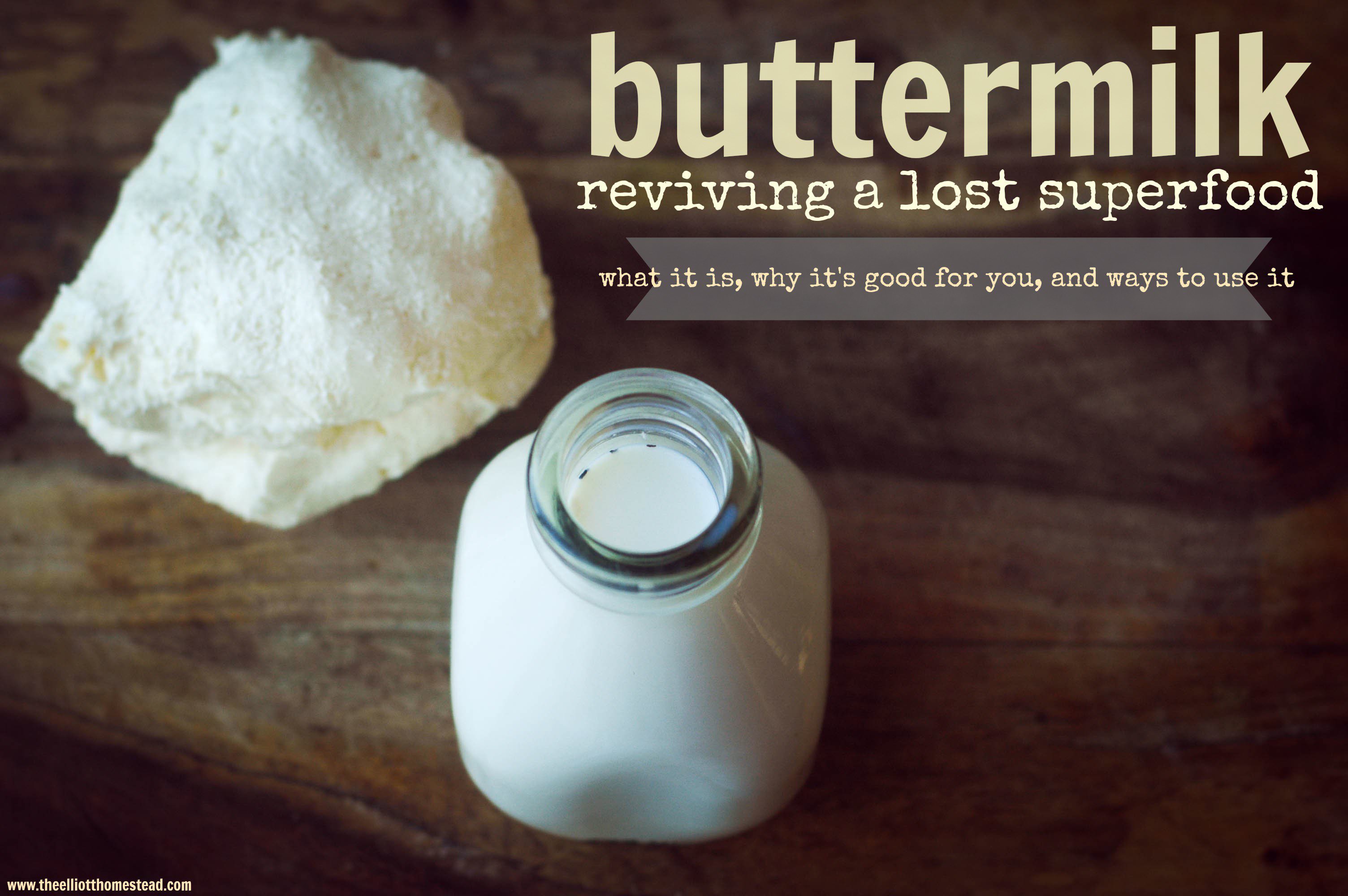There is no butter in buttermilk

There is no butter in buttermilk.

When you hear the word “buttermilk,” you might assume that it contains butter. However, that is not the case. Contrary to its name, buttermilk is actually a byproduct of the butter-making process and does not contain any butter.
Buttermilk is a tangy, acidic milk-like liquid that is left behind after the butter has been churned. It is thinner in consistency compared to regular milk and has a slightly sour taste. It is commonly used in baking, cooking, and even as a refreshing drink on its own.

To understand why there is no butter in buttermilk, let’s take a closer look at how it is made. Traditionally, buttermilk was formed by allowing cream to naturally sour. Cream was left at room temperature for a period of time, and the natural bacteria present in the cream would ferment it, turning it into a sour liquid. The cream would then be churned to separate the fat globules, which would eventually become butter. The remaining liquid was what we now refer to as buttermilk.
Although traditional buttermilk is still made in this way, modern production methods have introduced various alternatives. Nowadays, buttermilk is often made by adding lactic acid bacteria to pasteurized milk. This bacterial culture ferments the milk, giving it the distinctive tangy flavor and creating a similar consistency to traditional buttermilk.
Buttermilk is a versatile ingredient that can be used in several dishes and recipes. Its acidic nature makes it an excellent tenderizer for meat, making it popular in marinades for fried chicken or pork chops. It also adds moisture and a rich flavor to baked goods, such as pancakes, biscuits, and cakes.
From a nutritional standpoint, buttermilk offers several benefits. It is a good source of calcium, phosphorus, potassium, and vitamin B12. It also contains probiotics, which are beneficial bacteria that promote a healthy gut.
In conclusion, despite its name, buttermilk does not contain any butter. Instead, it is a tangy and acidic liquid that is a byproduct of the butter-making process. Whether used in cooking or enjoyed on its own, buttermilk adds a unique flavor and texture to various dishes. So, next time you come across a recipe calling for buttermilk, rest assured that there is no butter involved.
Related Posts
Quick Links
Legal Stuff

